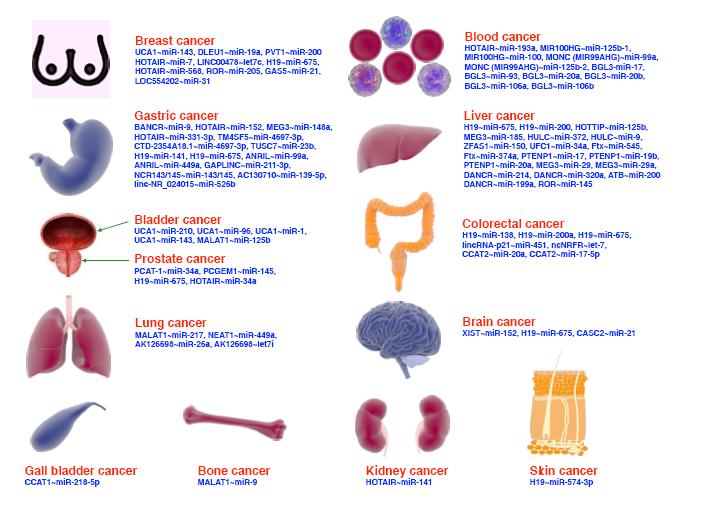| 1. |
Xu M P, He F, Jung P, et al. Current challenges for the practical application of electroencephalography-based brain-computer interfaces. Engineering, 2021, 7(12): 1710-1712.
|
| 2. |
Wen H, Zhong Y, Yao L, et al. Neural correlates of motor/tactile imagery and tactile sensation in a BCI paradigm: a high-density EEG source imaging study. Cyborg Bionic Syst, 2024, 5: 0118.
|
| 3. |
Flesher S N, Downey J E, Weiss J M, et al. A brain-computer interface that evokes tactile sensations improves robotic arm control. Science, 2021, 372(6544): 831-836.
|
| 4. |
Forenzo D, Zhu H, Shanahan J, et al. Continuous tracking using deep learning-based decoding for noninvasive brain–computer interface. PNAS Nexus, 2024, 3(4): 145.
|
| 5. |
王勇, 薛沐辉, 徐宝国, 等. 基于黎曼几何的自然动作运动参数脑电解码研究. 仪器仪表学报, 2022, 43(7): 157-164.
|
| 6. |
Wang K, Tian F, Pan L, et al. Virtual reality game-based adaptive neurofeedback training for motor imagery// 12th Asian-Pacific Conference on Medical and Biological Engineering. Suzhou: Springer, 2024: 296-303.
|
| 7. |
邵谢宁, 张艺滢, 张栋, 等. 融合多感官刺激的虚拟现实——脑机接口手功能增强康复系统. 生物医学工程学杂志, 2024, 41(4): 656-663.
|
| 8. |
谢士遥, 汤佳贝, 蔡雨, 等. 脑电BCI系统的软硬件开发平台发展现状. 电子测量与仪器学报, 2022, 36(6): 1-12.
|
| 9. |
Jaiswal M K. Toward a high-resolution neuroimaging biomarker for mild traumatic brain injury: from bench to bedside. Front Neurol, 2015, 6: 148.
|
| 10. |
Pan L, Wang K, Xu L, et al. Riemannian geometric and ensemble learning for decoding cross-session motor imagery electroencephalography signals. J Neural Eng, 2023, 20(6): 066011.
|
| 11. |
潘林聪, 王坤, 许敏鹏,等. 面向运动意图解码的共空间模式及其扩展算法研究综述. 中国生物医学工程学报, 2022, 41(5): 577-588.
|
| 12. |
Wu D, Jiang X, Peng R. Transfer learning for motor imagery based brain-computer interfaces: a tutorial. Neural Netw, 2022, 153: 235-253.
|
| 13. |
Wu D R, Xu Y F, Lu B L. Transfer learning for EEG-based brain-computer interfaces: a review of progress made since 2016. IEEE T Cogn Dev Syst, 2022, 14(1): 4-19.
|
| 14. |
胡莹, 刘燕, 程晨晨, 等. 基于自适应时频共空间模式结合卷积神经网络的多任务运动想象脑电分类. 生物医学工程学杂志, 2022, 39(6): 1065-1073, 1081.
|
| 15. |
李红利, 刘浩雨, 陈虹宇, 等. 基于时间序列数据增强的运动想象脑电多尺度特征提取分类. 生物医学工程学杂志, 2023, 40(3): 418-425.
|
| 16. |
Kumar S, Yger F, Lotte F. Towards adaptive classification using Riemannian geometry approaches in brain-computer interfaces// 2019 7th International Winter Conference on Brain-Computer Interface (BCI). Gangwon: IEEE, 2019: 1-6.
|
| 17. |
Barachant A, Bonnet S, Congedo M, et al. Multiclass brain-computer interface classification by Riemannian geometry. IEEE Trans Biomed Eng, 2012, 59(4): 920-928.
|
| 18. |
Zanini P, Congedo M, Jutten C, et al. Transfer learning: a Riemannian geometry framework with applications to brain-computer interfaces. IEEE Trans Biomed Eng, 2018, 65(5): 1107-1116.
|
| 19. |
Lahav A, Talmon R. Procrustes analysis on the manifold of SPSD matrices for data sets alignment. IEEE T Signal Process, 2023, 71: 1907-1921.
|
| 20. |
Zhang W, Wu D. Manifold embedded knowledge transfer for brain-computer interfaces. IEEE Trans Neural Syst Rehabil Eng, 2020, 28(5): 1117-1127.
|
| 21. |
Lawhern V J, Solon A J, Waytowich N R, et al. EEGNet: a compact convolutional neural network for EEG-based brain-computer interfaces. J Neural Eng, 2018, 15(5): 056013.
|
| 22. |
Ju C, Guan C. Tensor-CSPNet: a novel geometric deep learning framework for motor imagery classification. IEEE Trans Neural Netw Learn Syst, 2023, 34(12): 10955-10969.
|
| 23. |
Miao Z, Zhao M, Zhang X, et al. LMDA-Net: a lightweight multi-dimensional attention network for general EEG-based brain-computer interfaces and interpretability. Neuroimage, 2023, 276: 120209.
|
| 24. |
Pan L, Wang K, Sun X, et al. Riemannian geometry-based spatial filtering (RSF) method for motor imagery EEG classification// Proceedings of the 2024 9th International Conference on Biomedical Signal and Image Processing. Suzhou: Association for Computing Machinery, 2024: 48-54.
|
| 25. |
Park S H, Lee D, Lee S G. Filter bank regularized common spatial pattern ensemble for small sample motor imagery classification. IEEE Trans Neural Syst Rehabil Eng, 2018, 26(2): 498-505.
|
| 26. |
Tangermann M, Muller K R, Aertsen A, et al. Review of the BCI competition IV. Front Neurosci, 2012, 6: 55.
|
| 27. |
Faller J, Vidaurre C, Solis-Escalante T, et al. Autocalibration and recurrent adaptation: towards a plug and play online ERD-BCI. IEEE Trans Neural Syst Rehabil Eng, 2012, 20(3): 313-319.
|
| 28. |
He H, Wu D. Transfer learning for brain-computer interfaces: a euclidean space data alignment approach. IEEE Trans Biomed Eng, 2020, 67(2): 399-410.
|
| 29. |
Jayaram V, Barachant A. MOABB: trustworthy algorithm benchmarking for BCIs. J Neural Eng, 2018, 15(6): 066011.
|
| 30. |
Xu L, Xu M, Ma Z, et al. Enhancing transfer performance across datasets for brain-computer interfaces using a combination of alignment strategies and adaptive batch normalization. J Neural Eng, 2021, 18(4): 0460e5.
|




